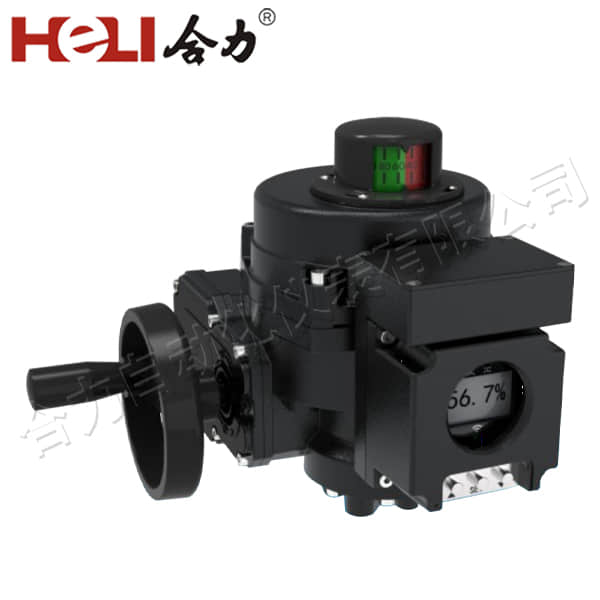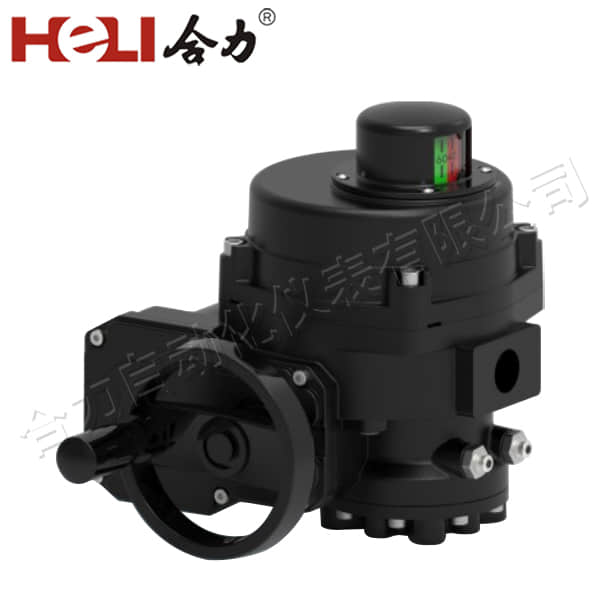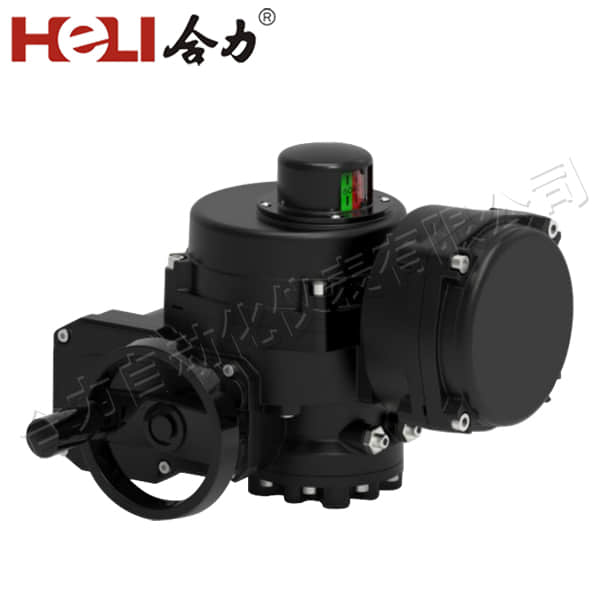
Electric actuators are pivotal components in modern automation systems, providing precise control and reliable operation across various industries. These devices convert electrical energy into mechanical motion, allowing for the automation of tasks that were once manually operated. Their versatility and efficiency have made them indispensable in sectors such as manufacturing, automotive, aerospace, and robotics.

At the heart of electric actuators is their simple yet effective mechanism. They typically consist of an electric motor, a gearbox, and a feedback system. The motor generates rotational movement, which is then transformed into linear motion through the gearbox. This process enables the actuator to perform tasks such as opening and closing valves, moving robotic arms, or adjusting positions in machinery. The integration of feedback systems, such as encoders or limit switches, ensures precise positioning and control.

